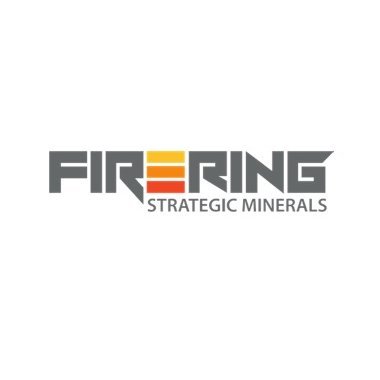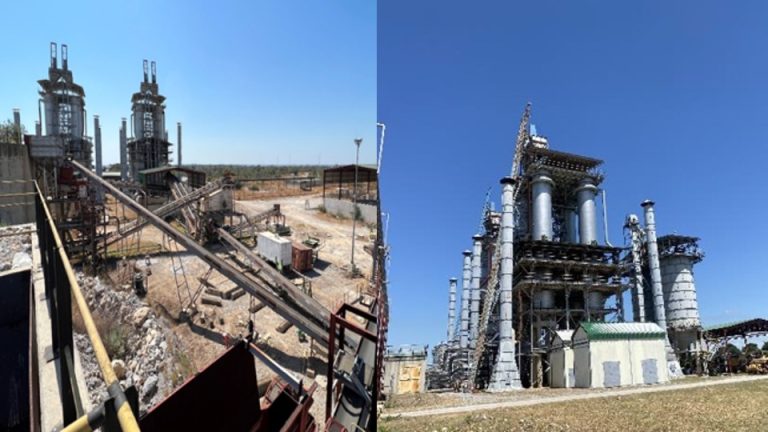Global demand for limestone continues to strengthen, fuelled by ambitious infrastructure programmes and the ongoing renovation of urban environments. As nations seek durable and sustainable materials, limestone’s versatility ensures it remains at the heart of construction and industrial processes. Recent industry forecasts highlight a steady rise in consumption, particularly in emerging markets where road networks and public buildings are expanding rapidly.
Limestone’s most prominent application is in the manufacture of cement and as aggregate in concrete and asphalt. Its high calcium carbonate content makes it ideal for producing Portland cement, the backbone of modern building projects, and for providing robust foundations in road surfacing. Moreover, finely crushed limestone serves as a filler in asphalt mixes, improving durability and reducing overall costs. Such uses account for a significant share of global output, underscoring limestone’s indispensability in construction.
Beyond construction, limestone plays a vital role in environmental management. In flue-gas desulphurisation, crushed limestone reacts with sulphur dioxide emissions from power plants, helping to meet stringent air quality regulations. This application has grown substantially, particularly in regions enforcing tighter pollution controls. Likewise, ground limestone is employed to neutralise acidified soils and to buffer water bodies affected by acid rain, safeguarding ecosystems and agricultural productivity.
The agricultural and chemical sectors also benefit from limestone’s chemical properties. Agricultural lime, produced by processing limestone into slaked lime, is used to adjust soil pH, enhance nutrient availability and increase crop yields. In the chemical industry, lime derived from limestone is essential for water purification, as a reagent in paper and pulp manufacturing and in the production of soda ash and glass. Additionally, limestone’s transformation into quicklime (calcium oxide) and hydrated lime (calcium hydroxide) underpins numerous industrial processes, including steel production, where it binds with silica and other impurities in blast furnaces.
Environmental sustainability remains a central theme within the limestone sector. Advances in kiln and gasifier technologies are reducing carbon emissions per tonne of product, while operational efficiencies cut waste and energy consumption. Nameplate capacity milestones have been achieved at several modern facilities, demonstrating both scalability and commitment to best practices. In Zambia, for example, aggregate production has reached 350 000 tonnes per annum, signalling a robust and efficient supply chain capable of meeting regional industrial needs.
Among companies at the forefront of these developments is Firering Strategic Minerals, which commenced production at its Limeco quicklime project in early 2025, targeting a daily output of 600–800 tonnes of quicklime alongside complementary products. The company recently increased its equity interest in the project to 20.5%, reinforcing its strategic commitment to supplying high-purity quicklime to Central African industries. Commercial sales began in June 2025, with initial shipments achieving an impressive purity of 85–90%, outperforming industry benchmarks and evidencing strong geological and operational performance.
The limestone sector’s enduring relevance, spanning from the foundations of modern infrastructure to critical environmental applications, continues to underpin global economic growth. Firering Strategic Minerals’ active participation in this sector, through its Limeco project and broader mineral exploration activities, positions the company to benefit from the sustained demand for limestone-derived products. Its operational progress and strategic investments reflect a clear alignment with industry trends and the broader transition towards sustainable resource use.
Firering Strategic Minerals plc (LON:FRG) is an emerging quicklime producer and critical minerals explorer, with operations in Zambia and West Africa.








































